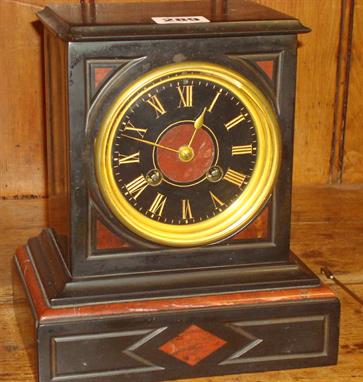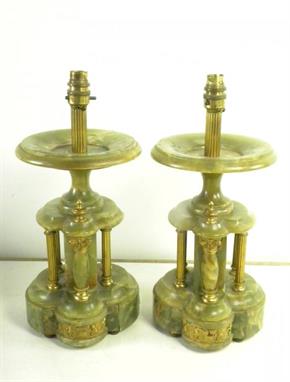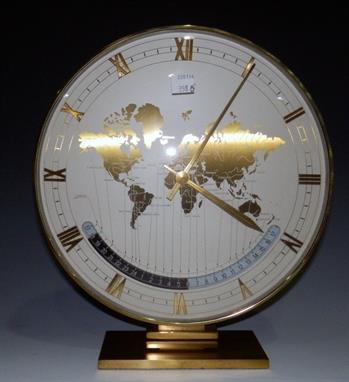460345 Preisdatenbank Los(e) gefunden, die Ihrer Suche entsprechen
460345 Lose gefunden, die zu Ihrer Suche passen. Abonnieren Sie die Preisdatenbank, um sofortigen Zugriff auf alle Dienstleistungen der Preisdatenbank zu haben.
Preisdatenbank abonnieren- Liste
- Galerie
-
460345 Los(e)/Seite
Isandlwana interest. A most interesting, and at times poignant, 36 page letter written by Captain Percival Tatham Armitage to his mother. Written from Koppie Allein, Zululand and dated 2-8-1879 the letter begins “Dearest Mother, For many a long day I have been waiting anxiously to hear news from home, in reply to the long letter I wrote you from Cape Town, but, although by every mail, both officers & privates have been receiving letters from England, I have always had to turn away without one..” Armitage then goes on to tell of the journey over difficult terrain before joining up with Capt. Marshall’s Troop of the Frontier Light Horse. He later tried to rejoin his own company under Captain Williams at Rorkes Drift but instead was attached to Capt Harvey’s company and “we received orders the same evening to march next morning to Koppie Allein” “I stayed at Koppie Allein about three weeks and then received orders to join my own company at Rorke’s Drift. First, though, I must tell you, the second day after arriving at Koppie Allein we heard of the Princes death. ...”, “..we ... were, in fact, almost within sight of where the Prince was killed. His body was brought down in an ambulance wagon escorted by a few lancers & we had to furnish an escort half way to Landman’s Drift.....it was very sad.” it goes on “Major Black commanded at Rorke’s Drift...there were 3 companies there. Up to this time the bodies of the poor fellows who were killed at Isandlwhana (sic) were lying unburied but Major Black received permission to go in and bury them. Shortly after I arrived there a force composed of 2 companies 2/24th, 1 squadron of dragoons, half dismounted and about 500 native contingent commanded by Major Black marched in to fulfil the melancholy duty that had been so long delayed. I had command of a burying party, composed of some of our own men & some natives, with picks and shovels. We started at 3 o’clock in the morning & crossed the Buffalo into Zululand. It was bitterly cold & we marched the 11 miles to Isandlwhana getting there about day break. The scene was frightful. Bodies lying about in every direction... This is the dark side of war.”; the following pages give an account of the scene and burial work at Isandlwana, and notes poetically “And the Lion Mountain reared its head majestically over the field, an overlasting monument on the spot where 800 British soldiers died whilst fighting bravely against overwhelming odds. After burying for about 2 or 3 hours we marched back to Rorke’s Drift. It took about 4 days to bury the dead but altogether I have been in 9 times to Isandlwhana with Major Black, bringing out the wagons & other things. We brought out £6,000 worth of wagons and ought to get salvage for them but I am afraid there is no chance of doing so. I found 2 or 3 officers’ bodies, amongst them that of poor Anstey , instead of whom I came out. I found poor Cavaye’s diary on the field...” he then talks of trophies picked up on the battlefield, of regaining some kit, etc. “After I had been about a month at Rorke’s Drift, orders came one day that William’s Company was to proceed to Koppie Allein. Next morning we started & after 3 days marching arrived here, where we are still.” more talk of family life then he gives his address as “Percy T. Armitage 2/24th Regt, Natal, South Africa is the proper address. Of course you will have all heard about the glorious battle of Ulundi...” he then talks more about family life before signing off “your affectionate boy, Percy” Housed in an envelope inscribed “letter from Capt Percy Tatham Armitage 24th Regt on Active Service Zulu Campaign 1879”. Generally in good condition, the pages stitched at the top corner (some now unattached, one or two splits along creases, the last page with some wear and tears.) Plate 12 Note: Percival Tatham Armitage was born in Oldham Lancashire in September 1859, at the time of writing his letter he was 19. He was appointed Ensign in the 76th Regiment in 1878. He transferred to the 2nd Battalion 24th Foot on 26th March 1879 and served in South Africa from April 1879 until January 1880. Promoted to Captain in November 1885, and saw service in the Burma campaign of 1887-1889. He died near Brecon in September 1893, a week before his 34th birthday. Anstey referred to is Edgar Oliphant Anstey Lieutenant 24th Regiment (2nd Warwickshire) who was engaged under Captain Mostyn at Isandhlwana. Cavaye is Lieutenant Charles Walter Cavaye Lieutenant 24th Regiment (2nd Warwickshire).
-
460345 Los(e)/Seite














































